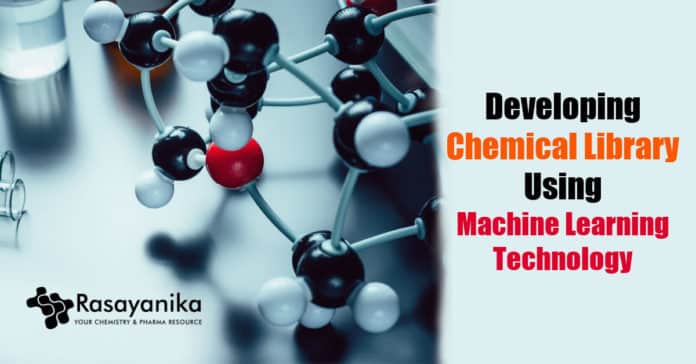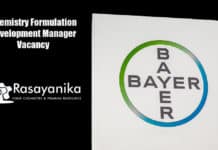Developing chemical library using Machine learning technology
Machine learning has been utilized extensively in the chemical sciences for drug design and various other procedures.
The models that are potentially examined for new reaction outcomes and utilized to advance human understanding to translate chemical reactivity decisions made by such models are very inadequate.
Purdue University innovators have presented chemical reactivity flowcharts to help chemists interpret reaction results utilizing statistically robust machine learning models trained on a few reactions. The outcomes of the work are published in the journal Organic Letters.
Gaurav Chopra, an asst. prof of analytical and physical chemistry in Purdue’s College of Science, stated that for chemical library design in drug discovery, developing novel and rapid reactions are vital. They have actually developed a new, rapid, and one-pot multicomponent reaction (MCR) of N-sulfonylimines utilized as a representative case for developing training data for machine learning models, forecasting reaction results, and evaluating new reactions in a blind prospective manner.
He further stated that they anticipate this research will lead the way to change the present paradigm by creating accurate, human-understandable machine learning models to decipher reaction results that will augment the creativity and the effectiveness of human chemists to explore
new chemical reactions and boost organic and process chemistry pipelines.He claimed the Purdue group’s human-interpretable machine learning strategy, introduced as chemical sensitivity flowcharts, can be utilized to study the reactivity of any chemical reaction or any multicomponent reaction. It does not require large robotics as the approaches can be utilized by the chemists while carrying out reaction testing in their labs.
Chopra claimed that they had given the initial report of a frame to integrate quick synthetic chemistry experiments as well as quantum chemical calculations for comprehending human-interpretable statistically robust machine learning models and reaction mechanisms to analyze chemical patterns for forecasting and experimentally testing heterogeneous reactivity of N-sulfonylimines.
The research aligns with various other technologies and studies from Chopra’s laboratory.
Krupal Jethava, a postdoctoral fellow in Chopra’s lab and co-author of the paper, stated that the extraordinary usage of a machine learning model in creating chemical reactivity flowcharts aided them in comprehending the reactivity of typically utilized various N-sulfonylimines in multicomponent reactions. They trust that a unique path for solving complicated chemical reactivity issues for other reactions will open up in the coming days by working closely with organic and computational chemists.
Chopra stated that the Purdue researchers wish their research will open the way to be one of the examples that will display the potential of machine learning for new artificial approach advancement for drug design and more in the coming time.
Jonathan Fine, a former Purdue graduate student and co-author of the paper, stated that with this study, they aimed to make sure that their machine learning model can be quickly comprehended by chemists not well versed in this discipline. They believe that these models have the capability not just to be utilized to forecast the reaction; however, it can also be utilized to comprehend better when a given reaction will take place. To illustrate this, they utilized their model to assist extra substrates in checking when a response will take place.

















































